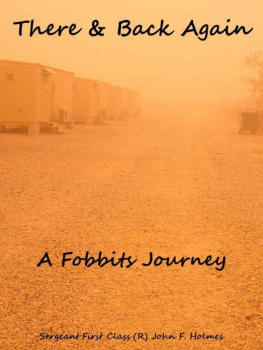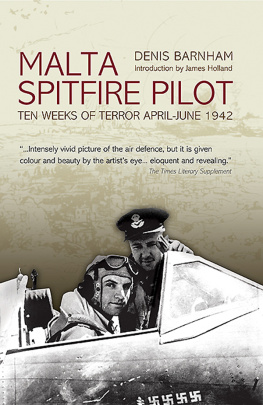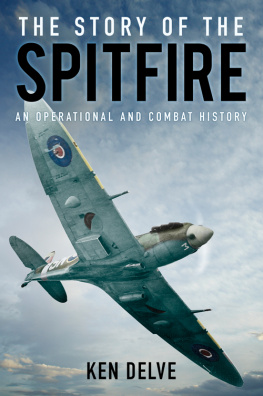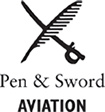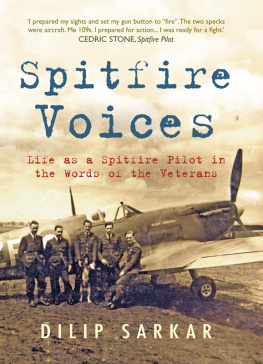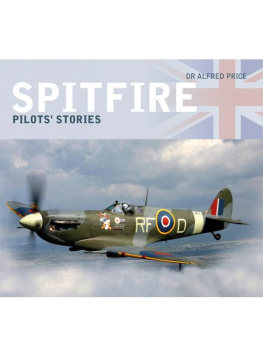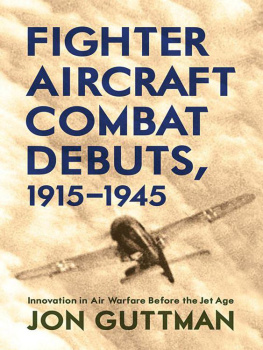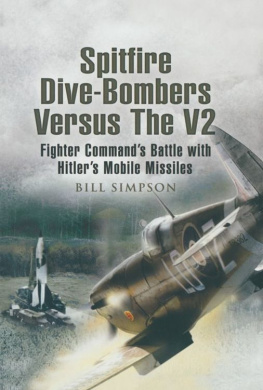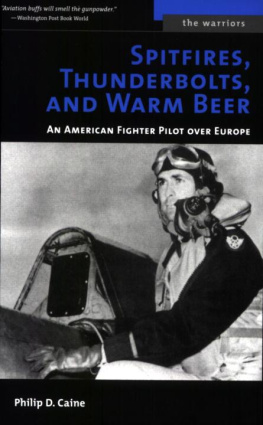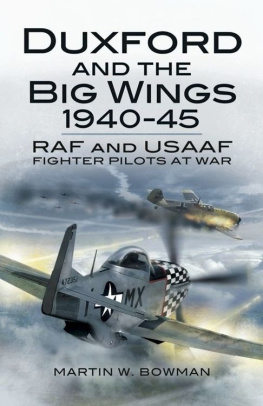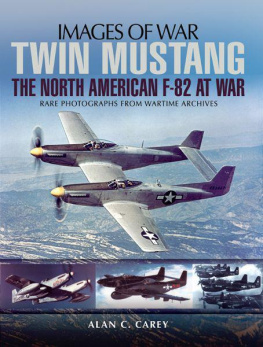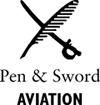
IMAGES OF WAR
STAR-SPANGLED SPITFIRES
A PHOTOGRAPHIC RECORD OF SPITFIRES FLOWN BY AMERICAN UNITS
IMAGES OF WAR
STAR-SPANGLED SPITFIRES
A PHOTOGRAPHIC RECORD OF SPITFIRES FLOWN BY AMERICAN UNITS
TONY HOLMES
First published in Great Britain in 2017 by
PEN & SWORD AVIATION
an imprint of
Pen & Sword Books Ltd,
47 Church Street, Barnsley,
South Yorkshire.
S70 2AS
Copyright Tony Holmes 2017
ISBN 978-1-47388-923-1
eISBN 978-1-47388-925-5
Mobi ISBN 978-1-47388-924-8
The right of Tony Holmes to be identified as Author of this Work has been asserted by him in accordance with the Copyright, Designs and Patents Act 1988.
A CIP catalogue record for this book is available from the British Library
All rights reserved. No part of this book may be reproduced or transmitted in any form or by any means, electronic or mechanical including photocopying, recording or by any information storage and retrieval system, without permission from the Publisher in writing.
Pen & Sword Books Ltd incorporates the imprints of
Pen & Sword Aviation, Pen & Sword Family History, Pen & Sword Maritime, Pen & Sword Military, Pen & Sword Discovery, Wharncliffe Local History, Wharncliffe True Crime, Wharncliffe Transport, Pen and Sword Select,
Pen and Sword Military Classics
For a complete list of Pen & Sword titles please contact:
Pen & Sword Books limited
47 Church Street, Barnsley, South Yorkshire, S70 2AS, England.
E-mail:
Website: www.pen-and-sword.co.uk
Acknowledgements
The author wishes to thank the following individuals (some of whom, sadly, are no longer with us) and organizations for the provision of photographs and information included within this volume:
Peter Arnold, Norman Franks, the late Roger Freeman, Peter Green, William Hess, Philip Kaplan, Paul Ludwig, Dick Martin, Wojtek Matusiak, the late Bruce Robertson, Andy Saunders, the late Jerry Scutts, Sam Sox and Andrew Thomas.
Introduction
As a follow-on to my Images of War American Eagles volume of 2015, this book focuses on the iconic Spitfire marked with the equally distinctive USAAF star (and later bars). Three fighter groups, each consisting of three squadrons, would see brief combat with the Supermarine fighter in the European Theatre of Operations (ETO) during the late summer and autumn of 1942. Equipped with Spitfire VBs (the most-produced mark), the 4th, 31st and 52nd Fighter Groups would enjoy modest success on the Channel Front prior to the latter two units being sent to support the American-led invasion of North Africa codenamed Operation Torch in November 1942. The 4th FG, manned in the main by pilots who had previously seen combat with the RAFs trio of Eagle squadrons prior to them being transferred to USAAF control in late September 1942, continued to fly the Spitfire VB in the ETO until it switched to the P-47 Thunderbolt from March 1943.
By then, the 31st and 52nd FGs had become well and truly embroiled in the Mediterranean Theatre of Operations (MTO), flying tropicalized Spitfire VBs and hard-hitting quad cannon VCs against German and Italian fighters and bombers in the war-torn skies over Tunisia as the Allies slowly got the better of the Afrika Korps . Assigned to the Twelfth Air Force and flying alongside P-38 Lightning, P-39 Airacobra and P-40 Warhawk fighters that equipped other USAAF fighter groups in-theatre, the two Spitfire units more than held their own in traditional fighter missions and in the demanding fighter-bomber role. Supporting troops on the ground grew in importance once all Axis forces had been defeated in North Africa and the Allies turned their attention to Italy. From mid-1943 the two groups started to replace their warweary Spitfire Vs with vastly superior Mk IXs, even better Mk VIIIs arriving by the end of the year. Making the most of their mounts outstanding abilities as a fighter, some twenty-two USAAF pilots had claimed five or more victories to make ace on the Spitfire in the MTO by the time the final examples were replaced by P-51B/C Mustangs in the early spring of 1944.
In the ETO, Spitfires had equipped the tactical reconnaissance (TAC-R) optimized 67th Reconnaissance Group (RG) following its arrival in England in the autumn of 1942, many of its aeroplanes being cast-offs from the 31st and 52nd FGs after the units headed for North Africa minus their Mk VBs. Although these machines lacked cameras, they served as ideal mounts for the intensive training undertaken by 67th RG pilots as they learned how to observe enemy targets and strafe them effectively. In late 1943 the group transferred from the strategic Eighth Air Force to the tactical Ninth Air Force, and in January 1944 the 67th RG was issued with TAC-R F-6 Mustangs. Having never fired a shot in anger with the group, the last war-weary examples of its Spitfire VBs were retired by the time the 67th moved to France in July 1944.
The final star-spangled Spitfires in the frontline ranks of the Eighth Air Force were the highflying, and unarmed, PR XI photo-reconnaissance aircraft supplied to the 7th Photographic Reconnaissance Group to supplant its F-5 Lightnings from November 1943. Ranging as far into Germany as Berlin, the PR blue Spitfires provided critical target imagery both pre- and post-strike for the Mighty Eighths heavy bombardment groups through to April 1945. Flying exclusively with the 14th Photographic Reconnaissance Squadron from January 1944, these aircraft performed myriad missions alongside Lightnings and, eventually, P-51 Mustangs.
Only a handful of British combat aircraft wore the stars and bars of the USAAF in the Second World War, with the Beaufighter, Mosquito and Spitfire being the key types to see action with American crews in American squadrons. The Spitfire was, by some margin, the most widely used of the three, and the Yanks that flew it in combat rated the fighter very highly.
Tony Holmes
Sevenoaks, Kent
August 2016
Chapter One
Early Operations in the ETO
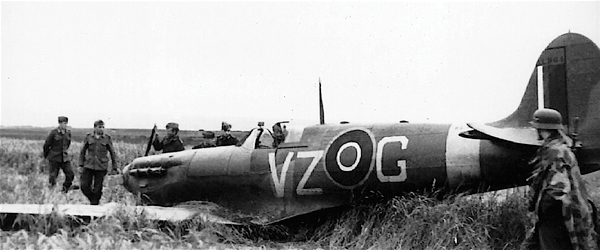
In order to gain operational experience of combat in the European Theatre of Operations (ETO), three senior officers from the 31st Fighter Group (FG) initially flew under the auspices of No 412 Sqn of the Royal Canadian Air Force. Unfortunately, during their first sortie a Rodeo (fighter sweep) to the Luftwaffe fighter airfield at Abbeville on 26 July 1942, the groups Executive Officer, Lieutenant Colonel Albert Clark, flying Spitfire VB BL964/VZ-G, was jumped by Fw 190s from Jagdgeschwader (JG) 26 and shot down. He was quickly taken prisoner, his captors being baffled by his USAAF uniform and high rank. Clark had become the first operational USAAF fighter casualty in Europe.
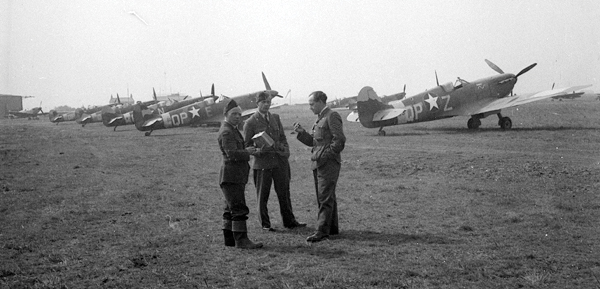
Few photographs exist of the 52nd FGs Spitfires in the ETO, despite its three squadrons being fully equipped with the British fighter from July 1942. These Mk VBs, assigned to the groups 2nd Fighter Squadron (FS), are seen basking in the summer sun at either Eglinton, in Northern Ireland, or Atcham, in Shropshire. Note the unusual camouflage patterns on the fighters tails where the RAF fin flash has been painted out by hand, while QP-Z in the foreground also has a lighter patch on its upper wing surface obscuring the roundel.





